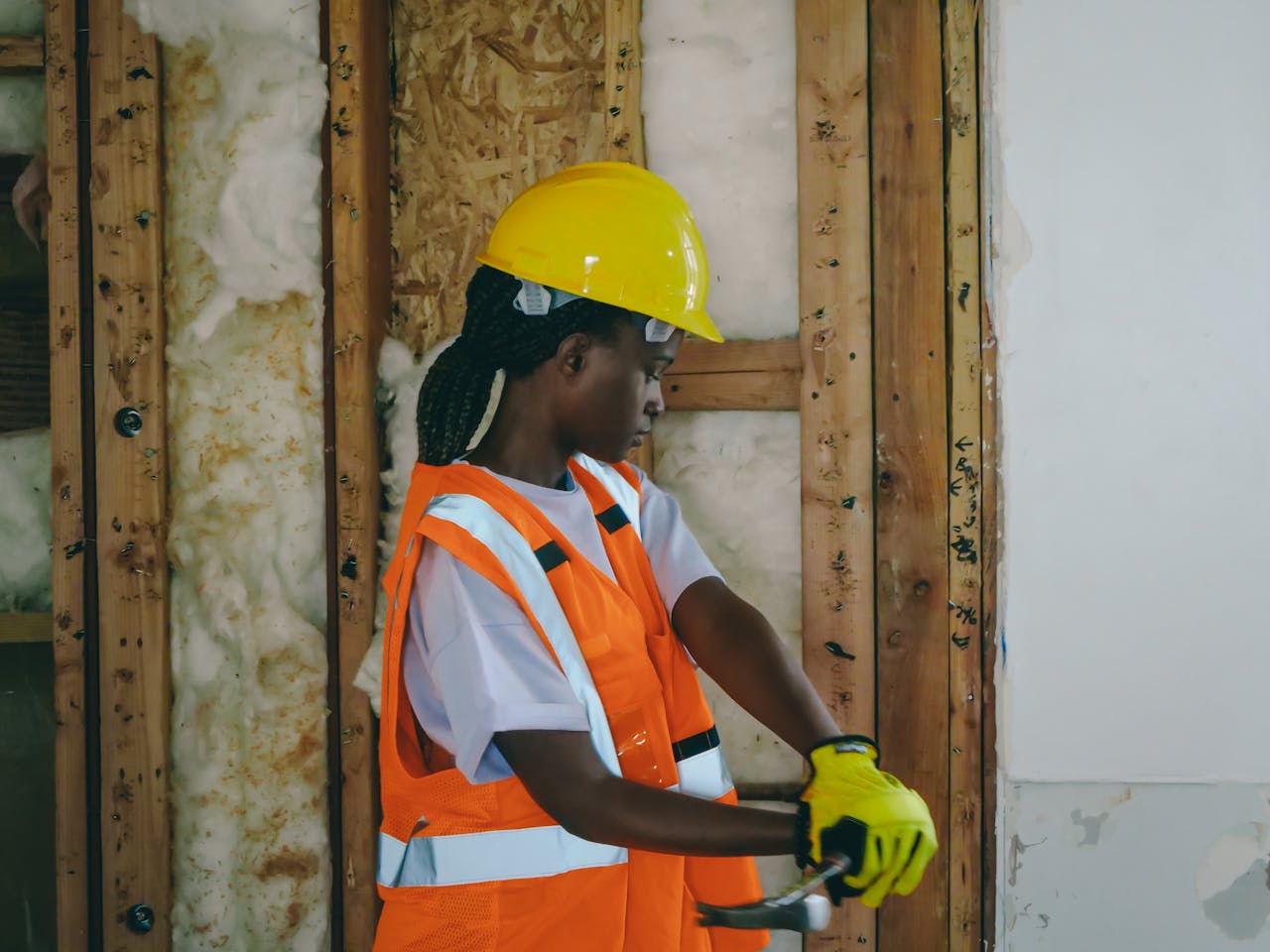
Insulation keeps our homes comfortable and our energy bills manageable. But even if you think you’ve covered all the bases, some areas and items you assume are insulated might not be. This can lead to wasted energy, higher expenses, and uncomfortable drafts. Understanding what’s truly protected—and what isn’t—can help you make smarter choices for your home and wallet. Let’s break down the nine most common things you think are insulated but actually aren’t, so you can address these hidden trouble spots and boost your energy efficiency.
1. Attic Hatches
It’s easy to forget about the attic hatch when you’re thinking about home insulation. Many people assume their attic door is already insulated if the attic floor is, but that’s rarely the case. An uninsulated attic hatch can let warm air escape in winter and let hot air in during summer, which undermines the effectiveness of your attic insulation. Adding weatherstripping and insulation to your attic hatch is a simple upgrade that can make a noticeable difference.
2. Electrical Outlets and Switches
These small fixtures might not seem important, but they can be major culprits when it comes to energy loss. The gaps around outlets and switches on exterior walls often lack insulation entirely. Cold air can seep in, especially in older homes. Outlet gaskets are inexpensive and easy to install, helping you plug this hidden leak in your insulation system.
3. Garage Doors
Many homeowners believe their garage doors are insulated, especially if they feel sturdy or have panels. However, most standard garage doors offer little real insulation. This not only affects the temperature in the garage but can also impact adjacent rooms. Upgrading to an insulated garage door or adding an insulation kit can help, especially if you use your garage for more than just parking.
4. Recessed Lighting Fixtures
Recessed lights, or can lights, often create unintentional gaps in your ceiling’s insulation. Unless you have insulation contact (IC)-rated fixtures with proper sealing, these lights can allow air to travel freely between your living space and the attic. This is a common area where insulation is assumed but missing. Properly sealing and insulating around recessed lights is an important step in improving your home’s energy efficiency.
5. Basement Rim Joists
The rim joist is the perimeter where your basement walls meet the floor above. It’s a spot many overlook when thinking about insulation. In most homes, this area is either poorly insulated or not insulated at all. The result? Drafts and moisture can enter easily. Sealing and insulating rim joists with spray foam or rigid foam board can help reduce energy loss and moisture problems.
6. Plumbing Penetrations
Pipes that pass through walls, floors, or ceilings often create gaps that aren’t sealed or insulated. These openings can let conditioned air escape and outside air in, making your insulation less effective. Even small gaps around plumbing can make a difference. Filling these spaces with expanding foam or caulk helps ensure your home’s insulation is more complete.
7. Ductwork in Unconditioned Spaces
If your home’s ductwork runs through unconditioned spaces like attics, basements, or crawl spaces, you might assume it’s insulated. In reality, many ducts are left bare or have only minimal insulation. This can lead to significant energy loss as heated or cooled air escapes before reaching your living spaces. Wrapping ducts with proper insulation can improve comfort and reduce utility costs.
8. Knee Walls
Knee walls are short walls, often found in rooms with sloped ceilings or finished attics. They can be a major weak point for home insulation. These walls are frequently left uninsulated or have gaps that let air pass through. Insulating knee walls and the spaces behind them can help maintain consistent temperatures throughout your home and improve overall energy efficiency.
9. Floors Over Unheated Spaces
If you have a room above a garage, crawl space, or basement, you might think the floor is insulated. However, many of these floors lack proper insulation, leading to cold floors and heat loss. Insulating the underside of these floors can make upper rooms more comfortable and reduce your heating costs.
Taking Control of Your Home’s Insulation
Energy efficiency starts with knowing which areas of your home are really protected. Many of the things you think are insulated but actually aren’t can be fixed with a little effort and investment. Addressing these overlooked spots helps lower your energy bills and keeps your home comfortable year-round. Remember, insulation isn’t just about what you see—it’s about what’s hidden, too.
Have you found any unexpected places in your home that weren’t insulated? Share your experiences or questions in the comments below!
What to Read Next…
- The DIY Electrical Mistake That Causes 1 in 5 House Fires
- Why Your Homemade Cleaning Spray Might Be Destroying Your Air Quality
The post 9 Things You Think Are Insulated—But Actually Aren’t appeared first on Clever Dude Personal Finance & Money.







